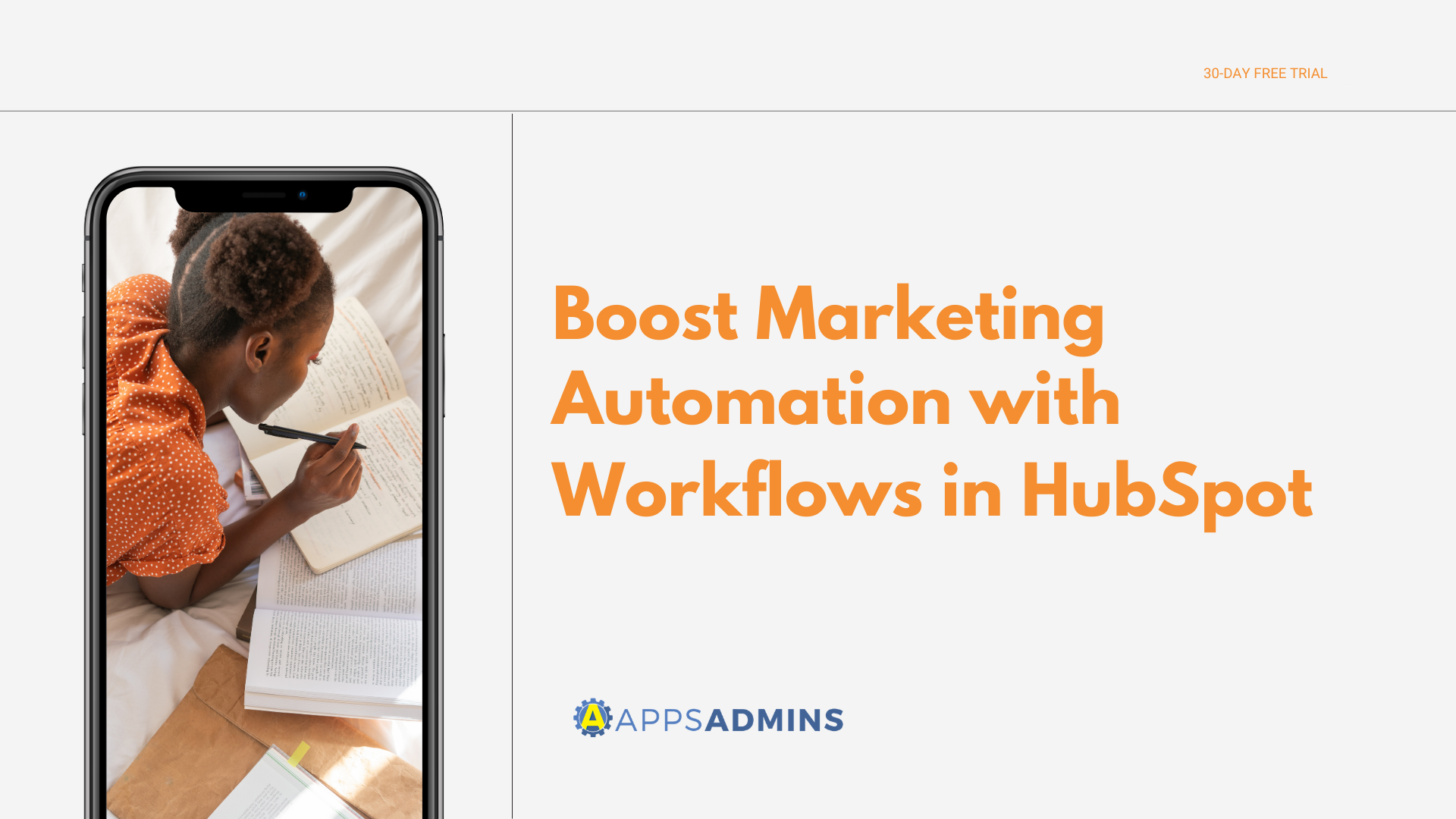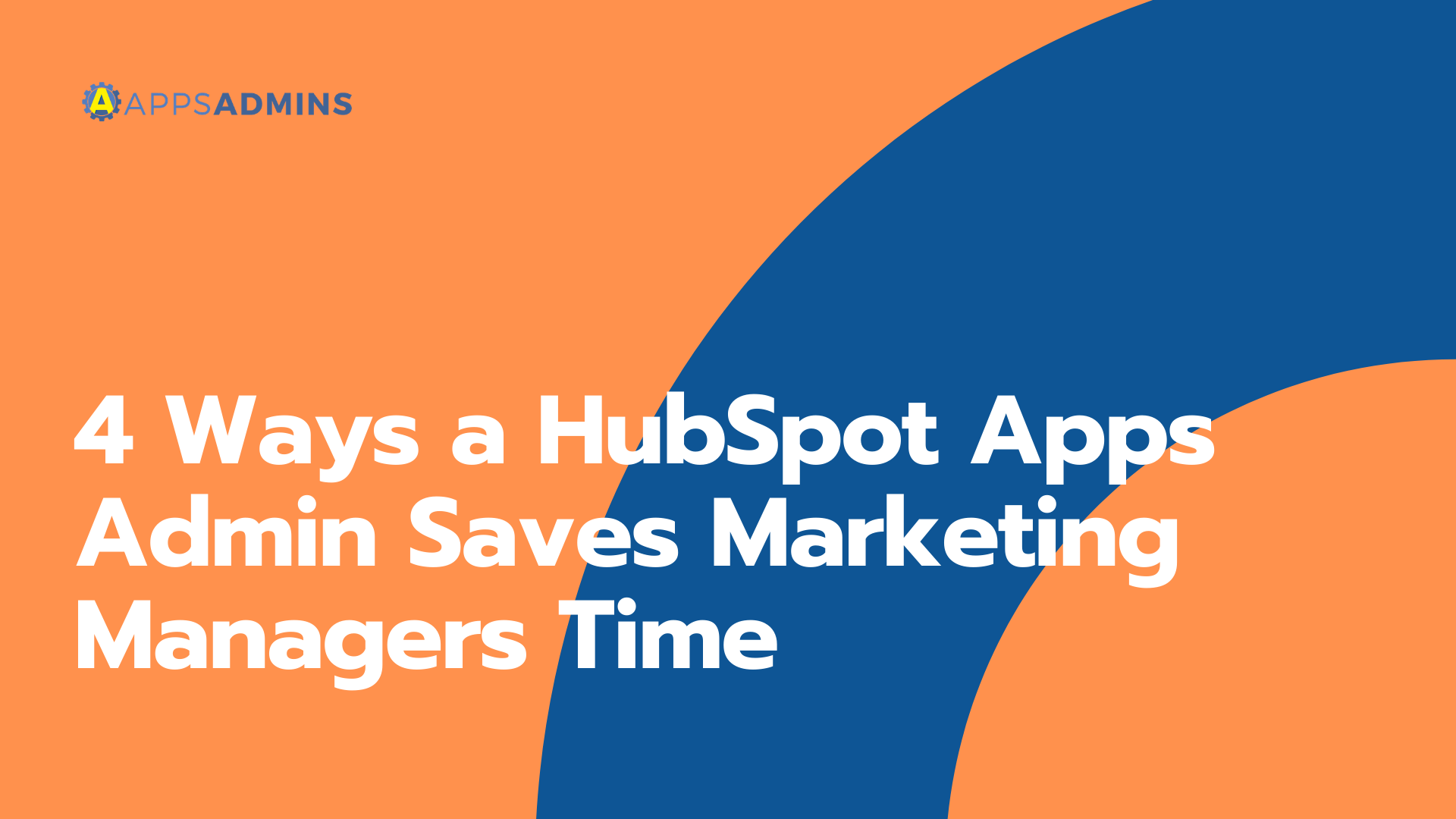G Suite Business Free for 30 Days
Sign up for a Free 30 Day Trial of G Suite Business and get Free Admin support from Google Certified Deployment Specialists.

 For years, companies have relied on data to make decisions about the future of their business. In the past, data-based choices might have involved noticing that you got more sales on a product when you used a particular kind of packaging and adjusting your strategy accordingly. For the most part, the data that companies used in the past was mostly unstructured, because we didn't have the tools available today to track business performance.
For years, companies have relied on data to make decisions about the future of their business. In the past, data-based choices might have involved noticing that you got more sales on a product when you used a particular kind of packaging and adjusting your strategy accordingly. For the most part, the data that companies used in the past was mostly unstructured, because we didn't have the tools available today to track business performance.
However, as Big Data has emerged as a new opportunity for the midmarket CIO, and solutions like Google Analytics and Google's Machine Learning platform introduce ways of unlocking and leveraging your data, companies everywhere are stepping into a new, digitally-transformed environment.
We're living in a world where data is everywhere, constantly flowing from a selection of constantly-connected devices and users. If companies can discover how to tap into that data, they get more than just an insight into what their customers need; they also collect the foundational solutions they need to power next-level solutions like artificial intelligence, chatbots, and virtual assistants.
The Difference Between Machine Learning and Analytics
Before CIOs can begin discovering the real benefits of data analytics and machine learning, they need to know the difference between the two.
As mentioned above, many business leaders have already engaged with data analytics in some form. Unfortunately, until recently, it's been difficult for these professionals to truly discover the benefits of analytics, because they haven't had a way of storing and sorting through the information that they collect. Now, data mining and management tools make data management easier.
The goal of data analytics is to collect information and use it to find trends and patterns between variables. Assumptions are made by a CIO and selection of team leaders; then data is used to confirm or argue against those assumptions. Usually, data analytics leads to predictive analytics, because companies can continue to use the things that they have learned from the past to guide their decisions in the future. Machine learning essentially takes the predictive analytics from data management to the next level, with one significant difference. AI systems can make their assumptions, test those ideas, and learn without human guidance.
As companies continue to gather useful information about their business through their CIOs, they can feed that information into a machine learning algorithm using tools like the Google ML Engine. Google's ML Engine is a proven managed service that allows CIOs and data scientists to build superior models for artificial intelligence, which can then be used to solve a wide range of corporate problems.
How to Access Data Analytics and Machine Learning
To take advantage of both data analytics and machine learning, CIOs need to start by creating a place where they can collect, store and filter crucial data. Cloud storage is one of the best solutions because it's robust, scalable, and flexible. Cloud storage and data warehousing facilities provide businesses with a single repository of their information while ensuring that they can access and analyze that information for unique business purposes.
For instance, companies in the Google Cloud suite can use the cloud and vault to store vast amounts of consumer and brand-based information. Once that information is already in the cloud, Google users can then access it with other Google AI and machine learning products, like Cloud ML. The Cloud ML engine also works with cloud dataflow for efficient feature processing.
With cloud, businesses can access and store large amounts of data at low cost, while keeping that information warm for their artificial intelligence strategies. With Google's cloud-based data and machine learning strategy, CIOs can reduce the time it takes to create trained AI models, and apply those models to online prediction and batch prediction strategies.
Using Data to Empower AI
In the age of digital transformation, the industry for Artificial Intelligence has grown at record pace. Already, machine learning, analytics, and robotics have transformed industries around the world, ranging from healthcare to music and entertainment brands. Like data analytics, the concept of artificial intelligence has been around for quite some time. The thing that has changed recently is that we now have what it takes to access machine learning in a brand-new way, thanks to the availability of the cloud and the power of new computing systems.
The value of artificial intelligence is growing, with predictions that it will reach approximately $40 billion by the end of 2025. Most CIOs are already aware of and exploring the opportunities of AI, but many still haven't discovered the true benefits of combining analytics with machine learning.
Some of the more agile, tech-focused companies in the marketplace today have begun to see benefits from machine learning and data analytics already. However, it's worth noting that established mid-market enterprises may have an even better opportunity if they can tap into some of the legacy data that they've gathered over the years to feed their machine learning models. Established organisations can tap into everything from their customer service conversations to their transactional data to create and optimize artificial intelligence strategies.
The more data you can pour into your machine learning strategy, the easier it will be to unlock new insights for your company. With adequately trained and refined machine learning models, your data becomes a source of power and insight for your business, helping you to effectively see into the future, and figure out what your customers want and need before they ever have to tell you. With the right machine learning strategy, you could delight your customers, and set your business apart in an era when experience is king.
Are You Ready to Embrace Machine Learning and Data Analytics?
Now that data is everywhere; the ability to learn from that data will be vital to growing companies. The key to successful data management in this digital world is not just ensuring that CIOs have access to the right information, but also that they have the tools available to leverage that data in new and exciting ways.
While solutions like Google's Machine Learning Engine and data management services can help to give you access to a new world of intelligence, the first step in your strategy must be to reconsider your data strategy, starting with the cloud. The cloud will give your company the tools required to manage the vast volumes of data you collect each day, at a minimal cost.
Want to find out more about what you can accomplish with the cloud, data, and machine learning? Contact Coolhead Tech today!
.jpg?width=818&name=appsadmins-svg-rules-1%20(2).jpg)







